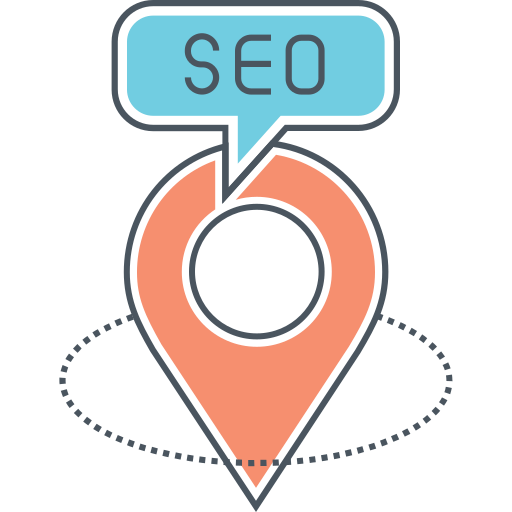The Power of Google Ads Audience Segments: Types, Tips, and Best Practices
When it comes to running successful Google Ads campaigns, targeting the right audience is key. Audience segments play a crucial role in helping advertisers reach their desired customers effectively. By understanding how audience segments work and implementing best practices, advertisers can maximize the impact of their Google Ads campaigns.
What are Audience Segments?
Audience segments are groups of users who share similar characteristics or behaviors. Google Ads allows advertisers to create audience segments based on a variety of factors, such as demographics, interests, and online behavior. By targeting specific audience segments, advertisers can tailor their ads to reach the most relevant and valuable customers.
Types of Audience Segments
Google Ads offers several types of audience segments that advertisers can use to target their ads:
1. Demographic Targeting
Demographic targeting allows advertisers to target users based on factors such as age, gender, and household income. By understanding the demographics of their target audience, advertisers can create ads that resonate with their customers.
2. Interest-Based Targeting
Interest-based targeting allows advertisers to target users based on their interests and hobbies. By identifying the interests of their target audience, advertisers can create ads that appeal to their customers’ passions and preferences.
3. Behavioral Targeting
Behavioral targeting allows advertisers to target users based on their online behavior, such as websites they have visited or actions they have taken. By analyzing user behavior, advertisers can create ads that are highly relevant to their customers’ interests and needs.
Tips for Using Audience Segments
Here are some tips for using audience segments effectively in Google Ads campaigns:
1. Understand Your Target Audience
Before creating audience segments, it’s important to have a clear understanding of your target audience. Research your customers’ demographics, interests, and online behavior to create audience segments that align with their preferences.
2. Test Different Audience Segments
Don’t be afraid to experiment with different audience segments to see which ones perform best for your ads. Test different combinations of demographics, interests, and behaviors to find the most effective targeting strategy for your campaign.
3. Tailor Your Ads to Each Audience Segment
Once you have identified your target audience segments, tailor your ads to each segment to maximize their impact. Create ad copy and visuals that resonate with each audience segment’s unique characteristics and preferences.
Best Practices for Audience Segments
Here are some best practices for using audience segments in Google Ads campaigns:
1. Use Custom Intent Audiences
Custom intent audiences allow advertisers to target users based on their recent search behavior. By using custom intent audiences, advertisers can reach users who are actively searching for products or services related to their business.
2. Combine Audience Segments with Keywords
Combine audience segments with relevant keywords to create highly targeted ads that reach users who are most likely to convert. By combining audience targeting with keyword targeting, advertisers can increase the effectiveness of their ads.
3. Monitor and Optimize Your Campaigns
Regularly monitor the performance of your Google Ads campaigns and make adjustments as needed. Analyze the results of your ads and audience segments to identify areas for improvement and optimize your campaigns for better results.
In Conclusion
Audience segments are a powerful tool for advertisers looking to reach the right people with their Google Ads campaigns. By understanding how audience segments work and implementing best practices, advertisers can create highly targeted ads that resonate with their target audience. By using audience segments effectively, advertisers can maximize the impact of their Google Ads campaigns and drive better results for their business.


![25 Best AI Social Media Tools to Try in 2024 [Tested Manually]](https://static.semrush.com/blog/uploads/media/d3/fa/d3fa26ef671a81b194bb3a41e73beee4/2c7e96d0d6ae1b7d2f993bdabf9b179b/25-best-ai-social-media-tools-to-try-in-2024.svg)

![The 10 Best AI Writing Tools to Try in 2024 [Tested Manually]](https://static.semrush.com/blog/uploads/media/3a/5e/3a5e0f6ec47a1d4e3495cf6c7a6194d5/8aee055881d17f9c5a0e1ed29dc749fb/the-10-best-ai-writing-tools-to-try-in-2024.svg)
.svg)
